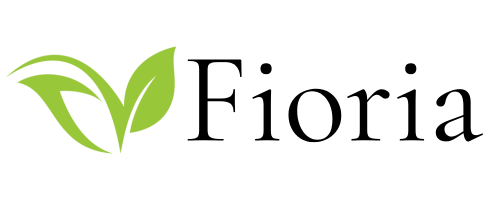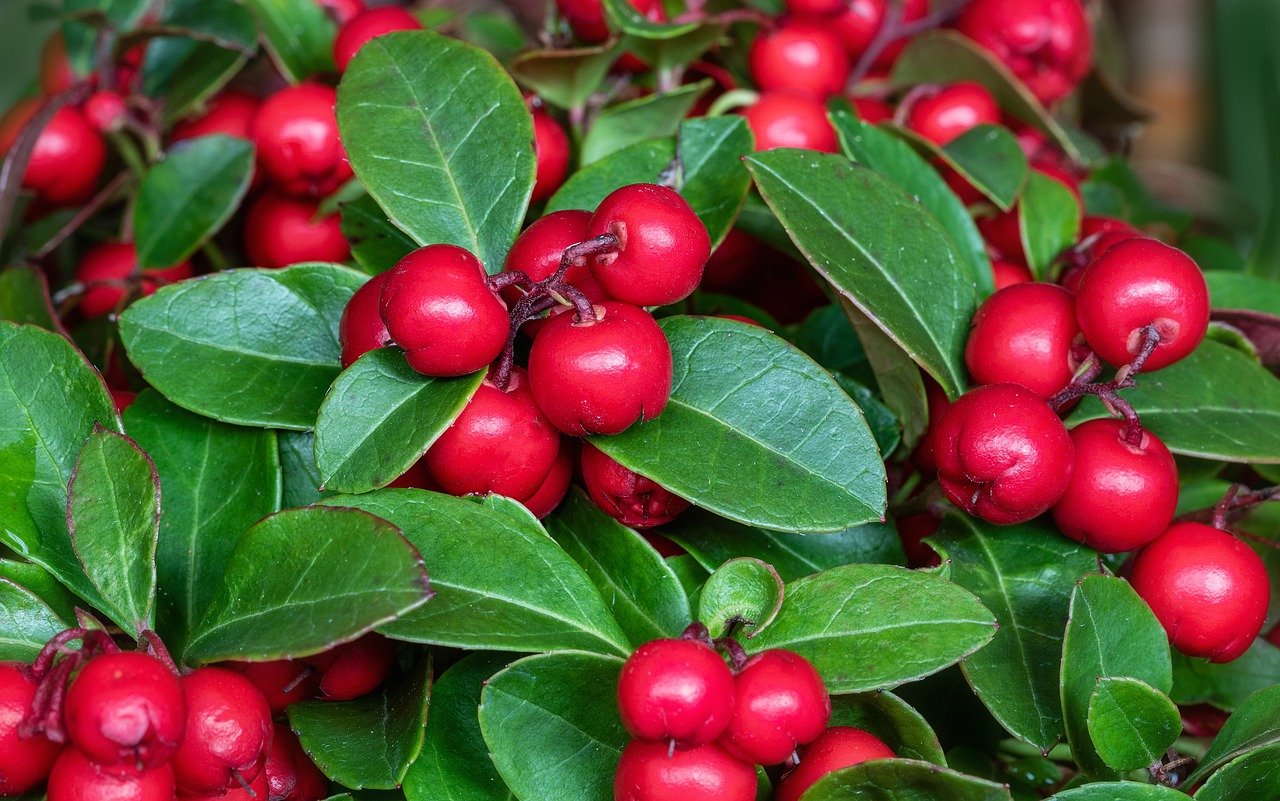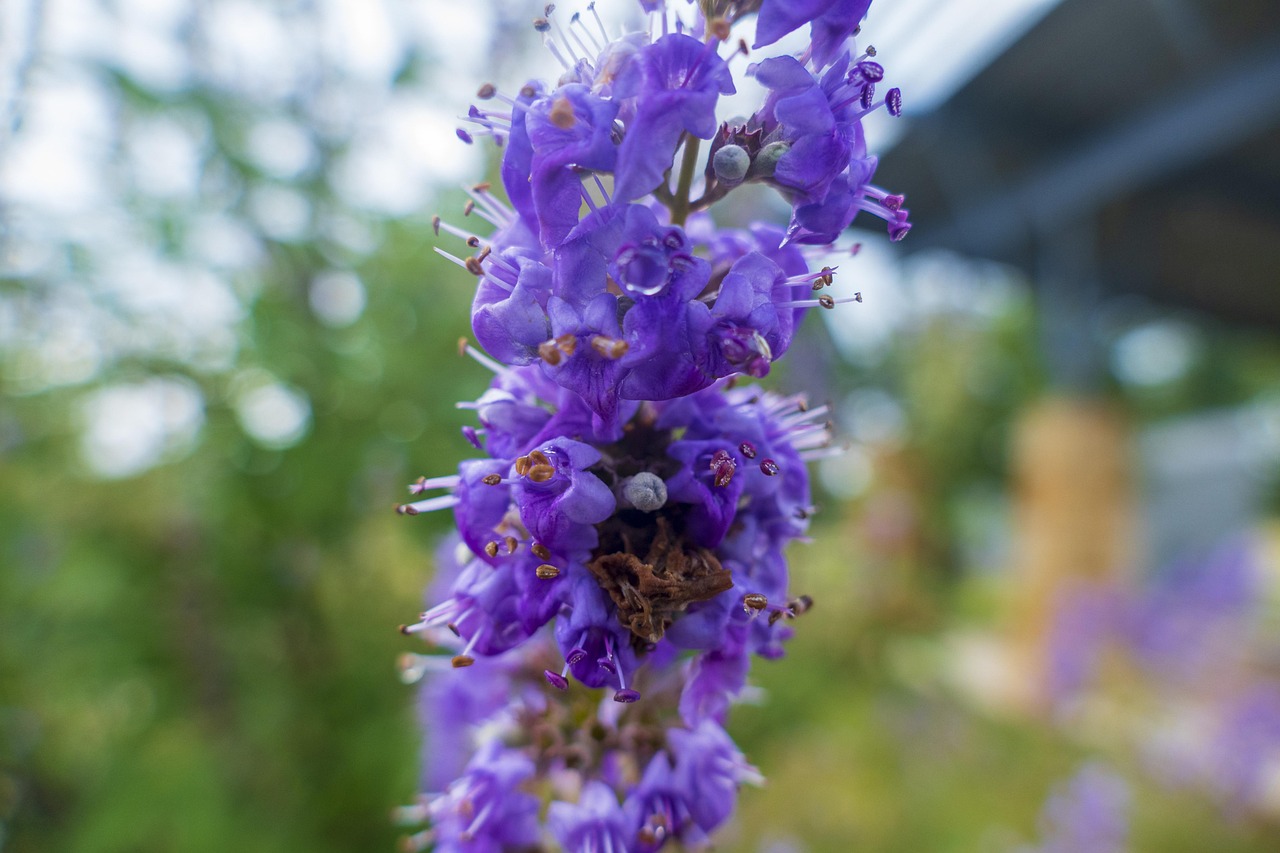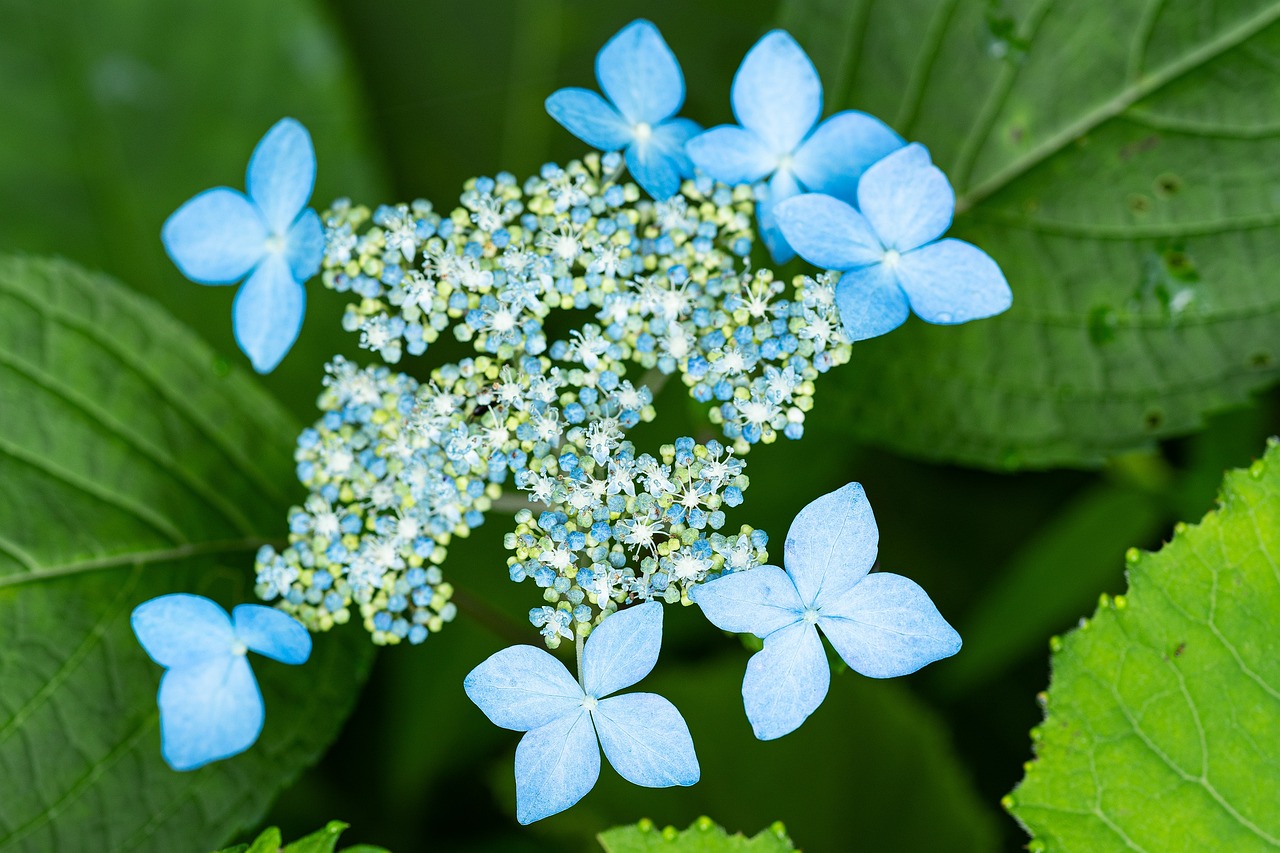Goji | A Fruiting Shrub Featured in East Asian Gardens and Poetry
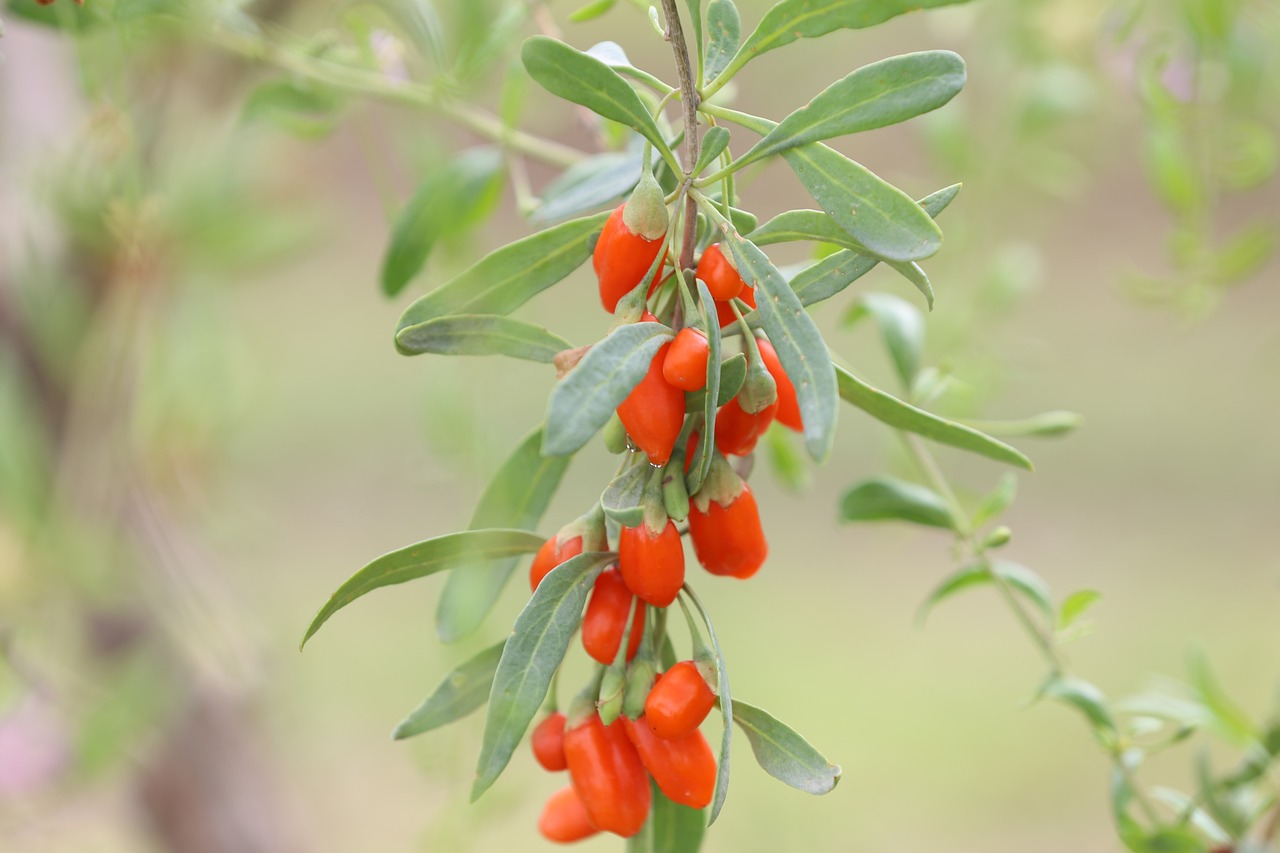
Goji (Lycium chinense / Lycium barbarum) is a deciduous shrub characterized by its small purple flowers and bright red berries. With its vibrant appearance and hardiness, it has long been appreciated as a garden plant.
In this article, I will introduce the basic information about goji, its role in culture and history, as well as key points for its cultivation.
Basic Information
- Scientific name: Lycium chinense / Lycium barbarum
- Family: Solanaceae
- Origin: East Asia (China, Korean Peninsula, Japan)
- Appearance: Goji grows to a height of 1–3 meters. From summer to autumn, it produces small purple flowers, followed by elongated oval red fruits in autumn. Its slender, bright green leaves give the plant a delicate impression.
- Flowering and fruiting period: Flowers from June to August; fruits from August to October.
Cultural Features Around the World
Goji has been cherished in East Asia since ancient times. In China, it is often planted in gardens and temples as a symbol of longevity, blending harmoniously with dry landscapes and mountain regions.
In Japan, goji has been grown since the Edo period as a garden shrub or hedge, admired for its delicate flowers and red berries as seasonal markers of autumn.
In Mongolia and Central Asia, goji was planted around pastures and settlements, serving as a natural windbreak.
Historical Episodes

In ancient China, goji was regarded as one of the most important plants. Its history spans over 3,000 years, with records of cultivation during the Qin dynasty in gardens and farmlands.
By the Tang dynasty, it was treasured in imperial gardens and frequently appeared in the works of poets.
Through the Silk Road, goji spread westward and reached the Mediterranean, where it was adopted as an ornamental plant in gardens.
In Europe, from the 18th century onward, it gained popularity as an exotic import from Asia and was showcased in botanical gardens across the continent.
Gardening Advice
Goji is hardy and requires little care, but for better growth, I recommend the following points:
Sunlight
Prefers full sun but tolerates partial shade. Insufficient light may reduce flowering and fruiting, so plant it in a bright spot whenever possible.
Watering
While drought-tolerant, young plants require regular watering after planting. Mature plants need water only during prolonged dry periods.
Soil
Well-drained soil with moderate moisture retention is ideal. In clay-heavy soil, mix in compost or sand to improve texture.
Fertilizer
Apply a balanced fertilizer (nitrogen, phosphorus, potassium) in spring. Avoid over-fertilization.
Pruning
During winter dormancy, prune dead or overcrowded branches to shape the plant and maintain airflow, preventing pests and diseases.
Conclusion
Goji is not only a plant that decorates gardens and parks with its beautiful flowers and fruits but also one that has shaped cultures and landscapes throughout history.
It is easy to grow, making it an excellent choice even for beginners. I encourage you to welcome goji into your life and enjoy its charm in every season.
